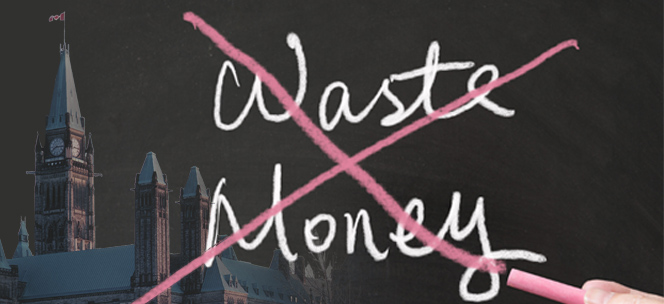Taxpayers deserve answers on flood barrier purchase

This column was originally printed in the Winnipeg Free Press on Jan. 12, 2015
It’s easy to be careless with money. It’s even easier to be careless with other people’s money. That’s why governments have concrete rules when it comes to purchases made with the public purse.
The Manitoba ombudsman recently released a report about the provincial government procurement process for water-filled flood barriers (i.e. large rubber hoses filled with water to stop floods rather than using sandbags).
In July 2014, Infrastructure and Transportation Minister Steve Ashton announced $5 million for the Interlake Reserves Tribal Council to buy flood barriers. The next month, the council sent the province an invoice for $5 million for a flood-barrier product call Tiger Dam. That was a problem: Ashton wasn’t authorized to spend the money.
“The minister subsequently directed (government officials) to prepare a treasury board submission that recommended purchasing $5 million of Tiger Dams for the council through an untendered contract,” states the report.
Tenders are important. When families look for a painter to put a fresh coat on the house, they phone around to get the best deal. Governments have tendering processes to make sure taxpayers get the best value. Ashton ignored the process.
The government mulled over the situation for months. Then, on Nov. 10, 2014, a whistleblower raised concerns to the ombudsman. A month later, the government initiated a proper tendering process, but ultimately never made a purchase.
Premier Greg Selinger says Ashton “received a lesson on how to do things properly.” He went on to say the “checks and balances worked.”
That may be true if he means a whistleblower stopped a rogue minister, but that’s a bit like saying a car worked because the airbags inflated when the wheels fell off.
Ashton acknowledges he probably should have followed the rules, but makes “no apologies.” Ashton isn’t a summer intern who jammed a printer, he’s a minister of the Crown and he failed in his duty to protect taxpayers. But even after the ombudsman ruled he was wrong, he remains unrepentant.
The ombudsman investigated the provincial side of this process, but unfortunately, that’s not the end of the story. While the province has yet to make a purchase, the federal government put out a tender for flood barriers in March 2015, and the council used money from Ottawa to buy Tiger Dams for $5 million a few months later.
The investigation into the provincial process raises questions about the federal purchase.
“(Provincial officials) felt that both the First Nation communities involved and Manitoba Infrastructure and Transportation already had a sufficient amount of water-filled barriers in their inventories,” states the ombudsman report.
So provincial officials didn’t think any more flood barriers were needed. Then the Manitoba government put up a tender to buy 9,000 metres of flood barriers it ultimately didn’t execute. But the federal government rushed a last-minute purchase of 38,000 metres of the flood barriers. Manitobans should be asking whether anyone at any level of government has any plan at all to control flooding or get value for taxpayers.
According to documents obtained by the Canadian Taxpayers Federation through access-to-information requests, federal bureaucrats decided how much money they were going to spend based on the amount of funding left in the budget at year end.
“Because Ottawa has $5 million in (a capital budget), they want to use this money to buy Tiger Dams,” wrote Derek Pena, a federal official, in an email on March 10, 2015.
Even though she wasn’t there at the time, federal Indigenous and Northern Affairs Minister Carolyn Bennett needs to investigate what was at best a sloppy procurement process that took place in her department.
The ombudsman’s report provides important insight, but many questions remain: did taxpayers get the best possible value? Do officials even know what equipment is required? Will anyone be held responsible for this slap-dash use of their cash?
Both the federal and provincial governments owe taxpayers answers.